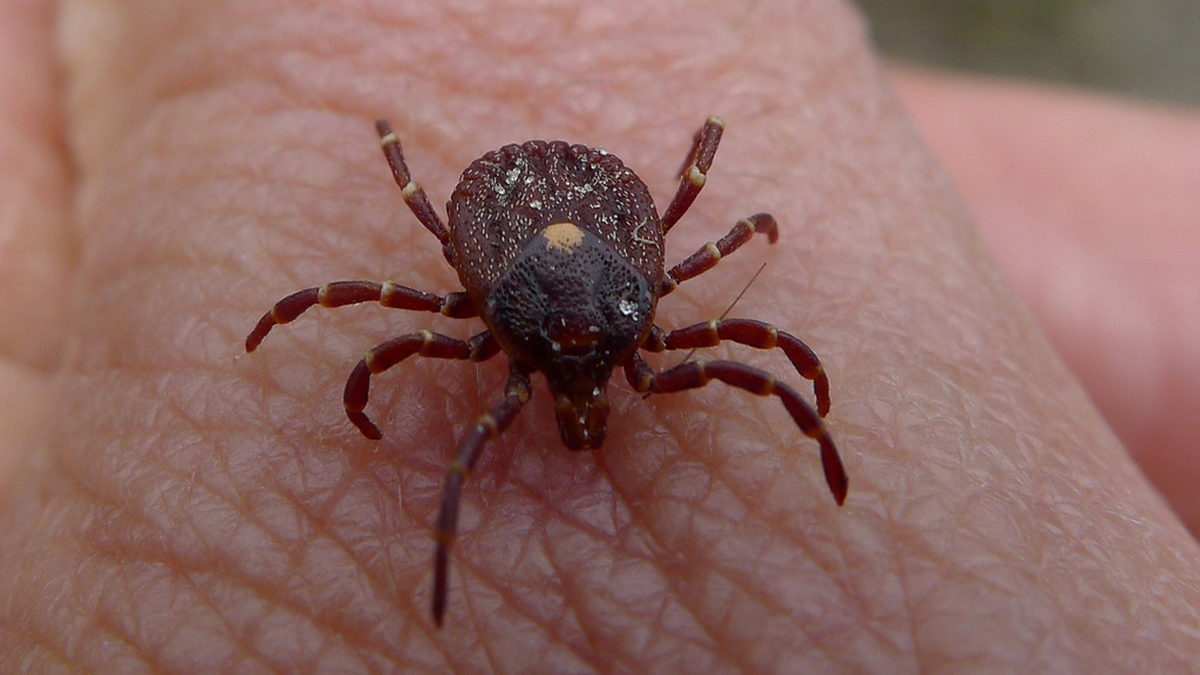Table of Contents
Signs and symptoms of Lyme disease
The signs and symptoms of Lyme disease are clear cut and the diagnosis of this condition is mostly made on a clinical basis. The signs and symptoms can be divided into early and later ones and can include the following:

Early signs and symptoms
- Skin rash - from 3-30 days after the patient is bitten by an infected tick, there is the formation of a non-itchy, red, expanding area which may have a clear centre at the bite site. This is the diagnostic "bull's-eye pattern" rash (erythema migrans) which appears and it expands slowly over days and can spread up to 30 centimetres in diameter.
- Flu-like symptoms - the patient can experience fevers, rigors or chills, body aches, fatigue and headaches.
Later signs and symptoms
- The erythema migrans rash appears in other areas of the body.
- Joint pain - severe joint swelling and pain can occur at the knees, but it can shift around and involve other joints as well.
- Neurological issues - these problems can occur weeks, months or even years after the initial infection. They can include meningitis, Bell's palsy, impaired muscle movement and weakness or numbness of the limbs.
Risk factors for contracting Lyme disease
The following risk factors need to be taken note of in order to try and avoid exposure to possibly infected deer ticks.
- Spending time or living in heavily wooded or grassy areas - deer ticks are especially prevalent in heavily wooded or grassy areas. Children who spend a lot of time in these areas and adults with outdoor occupations are at increased risk here.
- Having exposed skin - when one is in an area where deer ticks are prevalent, it's important to wear long sleeved shirts and long pants as these ticks easily attach to bare skin. Also, watch out that pets don't wander around in these areas either.
- Not removing ticks properly or in time - the risk of contracting Lyme disease is decreased if the tick is removed within a couple of days from the skin.
Complications of Lyme disease
If Lyme disease is left untreated, then certain complications can develop. These include the following:
- Chronic joint inflammation known as Lyme arthritis which can especially affect the knee.
- Impaired memory.
- Neurological issues such as a facial palsy or neuropathy.
- Heart rhythm irregularities.
Confirmation of the diagnosis
Besides the typical rash which appears in Lyme disease, all the other symptoms and signs can occur in other conditions as well. It's therefore important to have some blood tests performed where the diagnosis can be confirmed in order to initiate the correct treatment protocol.
READ Lyme Disease - How Can It Be Treated?
These tests may include the following:
- ELISA test - this test detects the antibodies to the causative bacterium. Sometimes it may provide false-positive results and is therefore not used solely to make the diagnosis.
- Western blot test - this is performed if the ELISA test is positive in order to confirm the diagnosis.
- www.mayoclinic.org/diseases-conditions/lyme-disease/basics/definition/con-20019701
- www.cdc.gov/lyme/postlds/
- Photo courtesy of John Tann: www.flickr.com/photos/31031835@N08/6368338667/
- Photo courtesy of John Tann: www.flickr.com/photos/31031835@N08/6885765803/
- Photo courtesy of John Tann: www.flickr.com/photos/31031835@N08/6368338667/


Your thoughts on this